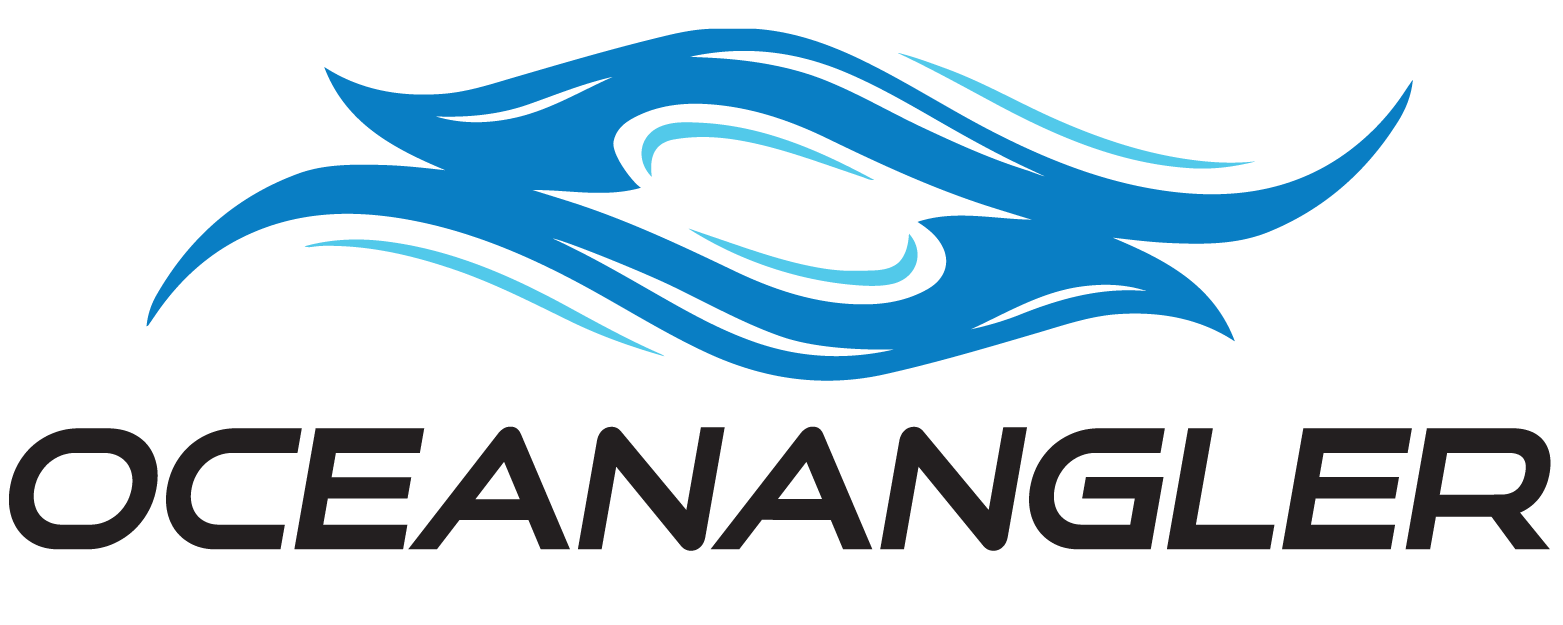Six reasons why you must have a sea anchor/drogue/'Handbrake' when fishing!

All keen anglers know that lures or baits can be fished very effectively by drifting rather than anchoring up in one spot and hoping the fish will be drawn to our baits (although those who like to anchor up and berley have a truly handy sea-anchor tip if they read Reason Number 4!).
The great thing about drift fishing is that it ensures new territory is constantly encountered, making it much more likely good numbers of hungry fish will be found.
However, wind can make this a challenge, pushing the boat along at drift speeds that either prevent the lighter baits or lures from reaching the bottom or which make them skip along the seafloor too quickly for the fish to intercept and eat. When this happens you need a drogue - a device that acts like a parachute, slowing the boat down so you can still fish effectively. For many top Kiwi anglers this means having an Ocean Angler 'Handbrake' as they are considered the best available and are very simple to deploy.
Handbrake sizes and where to attach them
Handbrakes come in three sizes, small, medium and large, so they suit most vessel sizes up to around eight or nine metres and will handle wind up to 20 knots. Bigger boats and stronger winds create massive amounts of pressure that can lead to gear failure.
Handbrakes are able to be attached to a stern corner or mid-ship cleat/bollard on bigger boats in moderate sea conditions, but safety is more important with smaller craft; they are better deployed off the bow, keeping the boat pointing into the oncoming swells.
If access is restricted to the bow area, tie off the main drogue rope to the bow bollard before heading out, also bringing the rest of the rope and the drogue itself back into the cockpit with you and the crew. Now all that remains is for you to attach the second drogue-collapsing rope handily so the Handbrake can be deployed and retrieved from the cockpit.
Six reasons why you must have a sea anchor/drogue/'Handbrake' when fishing!
1) As already mentioned, the drogue acts like a parachute, slowing the boat's speed so your bait or lure can be deployed more naturally or effectively.
2) Use your sea anchor to harness the current and overcome the wind direction. Sometimes the wind and tide can be relatively slight, but they effectively cancel each other out so the boat remains in one position or causes it to move in an undesirable direction. By placing a Handbrake in the water, more of the current is captured, enabling the boat to move with the current and cover new ground again.
3) The Handbrake can also be used to create extra conflict between the wind and tide, so the boat travels sideways - great if you want to fish along drop-offs, ridges, gutters or structures running at 90 degrees to the current.
4) Here's one for the bait fishers in particular when fishing in a wind-against-the-tide situation, a scenario that sees the baits and berley heading back under the boat and up along the anchor rope. By deploying a drogue from the stern, the current is caught, causing the boat to swing back around and for the baits and berley trail to head out and away from the boat again.
5) A stern-deployed drogue can also be used to catch the current and stop anchored boats from swinging from side to side in the wind, enabling anglers to stay in better contact with lures or baits, also enabling the fish to find and eat the anglers' offerings more easily.
6) The last advantage concerns safety rather than fishing: The ability for Handbrakes to hold the bow of boats into the prevailing wind and swells can't be overstated, especially when conditions get ugly and perhaps the motor fails!


